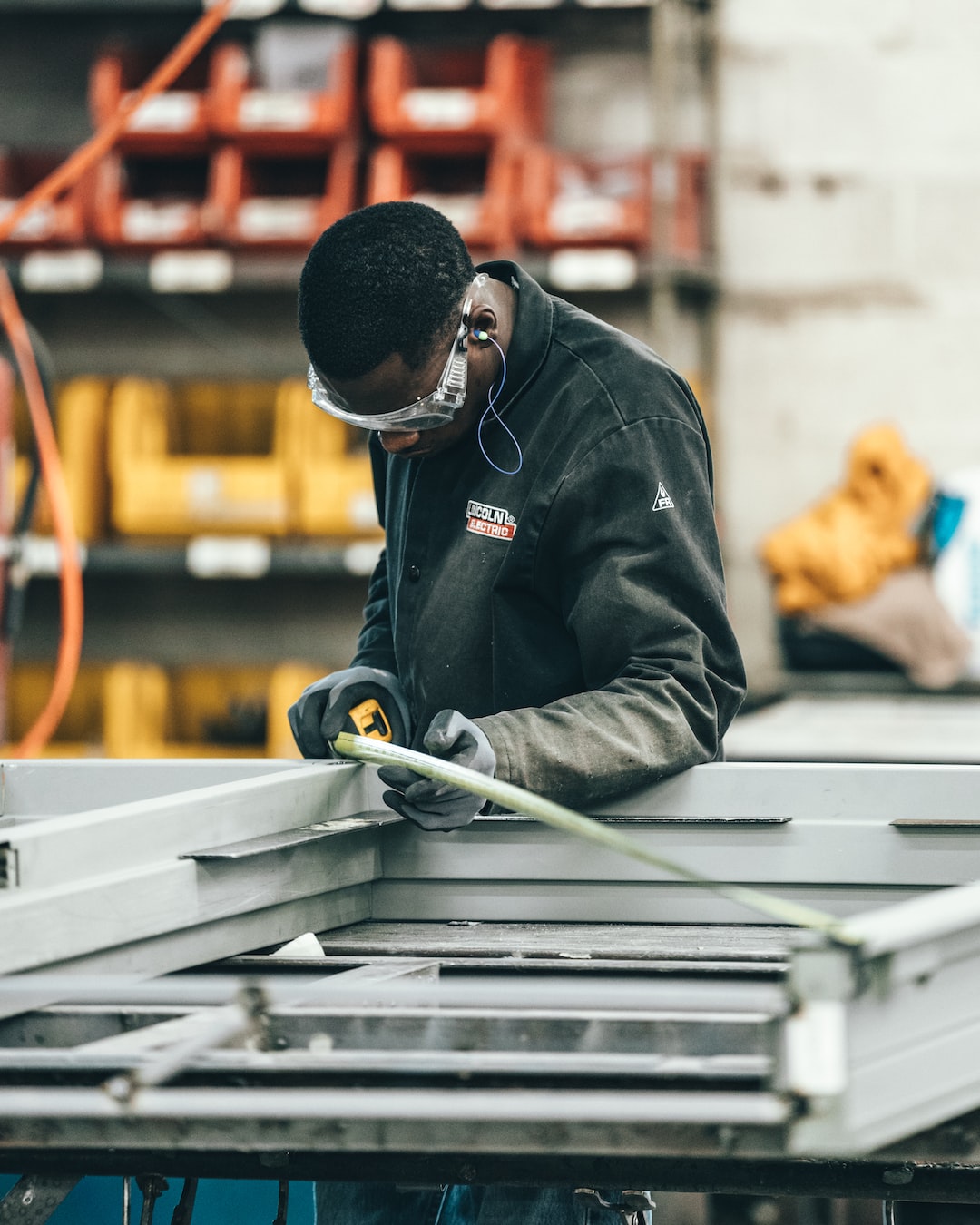Enhancing Workforce Diversity in the Manufacturing Industry
Workforce diversity is an important aspect of any industry, including manufacturing. It refers to the inclusion and representation of individuals from various backgrounds, including different races, ethnicities, genders, ages, religions, and abilities. Embracing diversity in the workplace has numerous benefits, as it leads to increased innovation, improved problem-solving, and better decision-making. In this blog post, we will explore the significance of workforce diversity in the manufacturing industry and discuss practical ways to enhance it.
The manufacturing industry has traditionally been male-dominated and lacked representation from minority groups. However, times are changing, and manufacturers are recognizing the value of a diverse workforce. By hiring individuals with different perspectives and experiences, manufacturers can foster innovation and gain a competitive advantage in the global marketplace.
One of the key benefits of workforce diversity in the manufacturing industry is increased innovation. When people from different backgrounds work together, they bring unique ideas and perspectives to the table. This diversity of thought leads to the creation of more innovative products, improved processes, and better problem-solving. By embracing workforce diversity, manufacturers can tap into a wider range of ideas and approaches, enabling them to stay ahead of the competition.
Another important aspect of workforce diversity in manufacturing is improved problem-solving. When a diverse group of individuals come together to solve challenges, they bring a variety of skills, knowledge, and experiences to the table. This diversity leads to a more well-rounded and comprehensive understanding of the problem, allowing for more effective solutions. By diversifying their workforce, manufacturers can ensure that they have a team equipped with the necessary skills and perspectives to tackle any problem that comes their way.
Additionally, a diverse workforce in the manufacturing industry contributes to better decision-making. When decisions are made by a homogenous group, there is a risk of bias and groupthink. However, when a diverse group is involved in the decision-making process, different viewpoints and opinions are considered. This leads to more thoughtful and inclusive decisions that take into account a wider range of perspectives. By embracing workforce diversity, manufacturers can avoid making decisions that favor one group over another and create a more inclusive and harmonious work environment.
So, how can manufacturers enhance workforce diversity in their organizations? One crucial step is to actively recruit from diverse talent pools. This can be achieved by forming partnerships with organizations that focus on diversity and inclusion, attending job fairs that target underrepresented groups, and creating an inclusive company culture that attracts a diverse range of candidates. Additionally, it is important to review and revise recruitment practices to ensure they are inclusive and unbiased. Assessing job descriptions, interview processes, and selection criteria can help eliminate any biases that may unintentionally exclude certain groups.
Furthermore, manufacturers should prioritize diversity and inclusion throughout all levels of the organization. This can be achieved by implementing diversity training programs that educate employees about the importance of diversity and inclusion, as well as the benefits it brings. Providing mentorship and sponsorship opportunities for underrepresented groups can also contribute to their career advancement and retention within the organization.
Lastly, manufacturers should create an inclusive work environment that values and respects all individuals. This can be achieved by promoting diversity-friendly policies, such as flexible work arrangements and accommodation for individuals with disabilities. Celebrating diversity through cultural events and initiatives can also foster a sense of belonging for all employees.
In conclusion, enhancing workforce diversity in the manufacturing industry is crucial for innovation, problem-solving, and decision-making. To achieve this, manufacturers should actively recruit from diverse talent pools, prioritize diversity and inclusion throughout the organization, and create an inclusive work environment. By embracing workforce diversity, manufacturing companies can reap the benefits of a more innovative, effective, and productive workforce.

